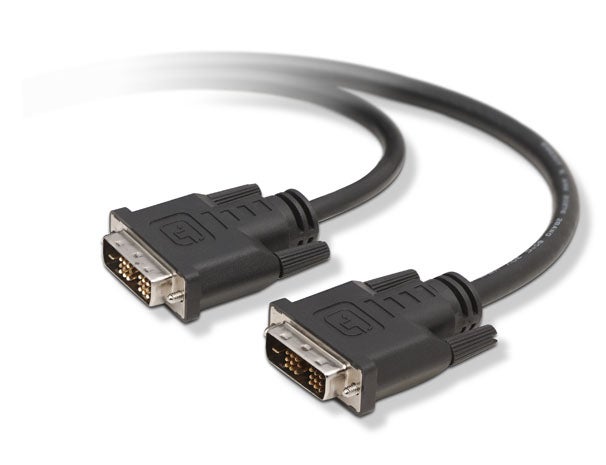Can’t tell the difference between DVI and DisplayPort? Having a hard time figuring out what kind of connector your old Apple display uses? Read on for all you ever needed to know about computer monitor cables.
VGA (aka D-Sub 15)
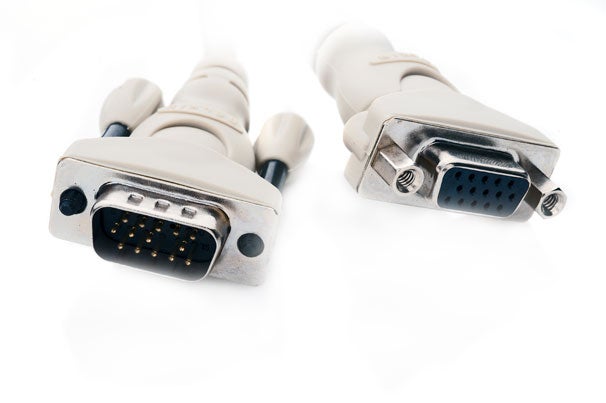
It’s similar in performance and use to: Component VGA
It adapts to: Mini-VGA, RGB Component
Add more ports by: Installing a new graphics card; connecting a splitter
The still-in-use analog classic, a VGA connector carries an RGB signal. You can often find one on PCs and HDTVs; laptops sometimes use the Mini-VGA version. Because the analog design can pick up interference, you’re better off choosing a digital cable if your device supports it.
ADC (aka Apple Display Connector)
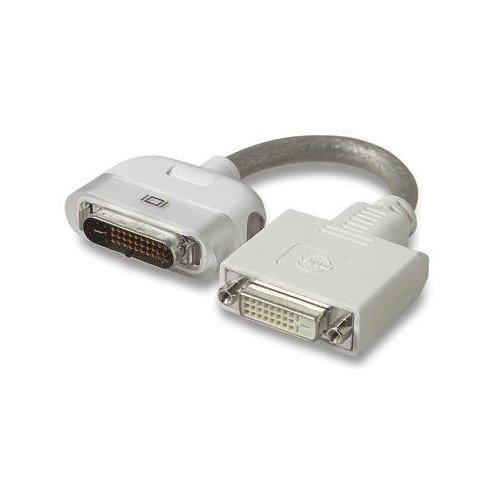
It’s similar in performance and use to: DVI plus USB
It adapts to: DVI
Add more ports by: Upgrading your Mac’s graphics card
Apple has phased out this proprietary display plug, but you might see it on an older monitor or Mac. Look for the rounded shape of the rectangular connector to help in identification. The cable carries power, USB, and video. You can adapt a DVI signal for an ADC monitor, but the converter boxes can be pricey; an ADC signal from a Mac is more easily converted to DVI for a standard display.
DVI (aka Digital Visual Interface)
Use it for: Connecting TVs and computer displays to PCs and other devices
If you have a choice, select it instead of: VGA, component video
It’s similar in performance and use to: HDMI
It adapts to: HDMI, VGA, Mini-DVI, Micro-DVI
Add more ports by: Connecting a switchbox; upgrading your graphics board
DVI comes in a few versions, having evolved as needs have grown. DVI-I (integrated) supplies an analog and digital signal, which means that you can connect an old VGA monitor to it with a simple adapter. DVI-D (digital) carries only the digital signal. Both types also offer single-link and dual-link versions; single-link has fewer pins and can’t support the massive resolutions of dual-link, but you can connect a single-link monitor to a dual-link port. HDCP, the copy-protection technology used for Blu-ray and other HD sources, works with the digital signal in DVI.
Mini-DVI
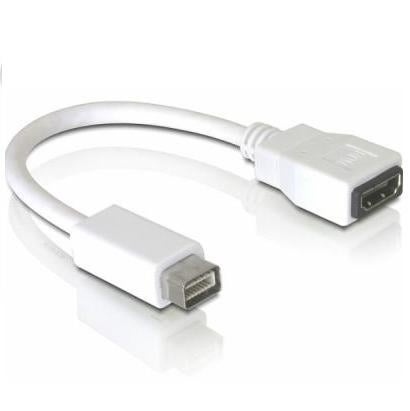
It’s similar in performance and use to: DVI, HDMI
It adapts to: DVI, HDMI, Micro-DVI
Add more ports by: Connecting a switchbox
Most often found on midlife Apple laptops, this connector is just a smaller DVI design.
Micro-DVI
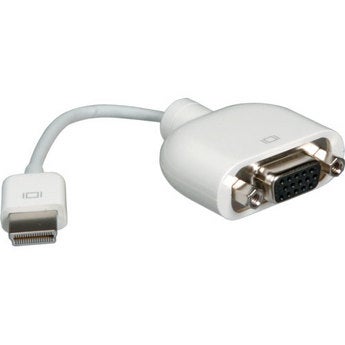
It’s similar in performance and use to: DVI, HDMI
It adapts to: DVI, HDMI, Mini-DVI
Add more ports by: Connecting a switchbox
Even smaller than Mini-DVI, this port is most often found on tiny devices. A few Apple laptops have used it, although Apple has moved on to Mini DisplayPort.
DisplayPort

If you have a choice, select it instead of: VGA
It’s similar in performance and use to: HDMI
It adapts to: DVI and VGA (pass-through signal); Mini-DisplayPort; HDMI
Add more ports by: Connecting a switchbox; upgrading your graphics card
Similar to HDMI, DisplayPort carries both digital audio and digital video signals. It isn’t widely used, but several Apple computers and displays, PC graphics cards, and Dell monitors currently include the plug. DisplayPort also supports HDCP copy protection, as HDMI does.
Mini DisplayPort

If you have a choice, select it instead of: VGA
It’s similar in performance and use to: DisplayPort, HDMI
It adapts to: DVI and VGA (pass-through signal); DisplayPort; HDMI
A small version of DisplayPort, this connection is most often found on new Apple laptops.
